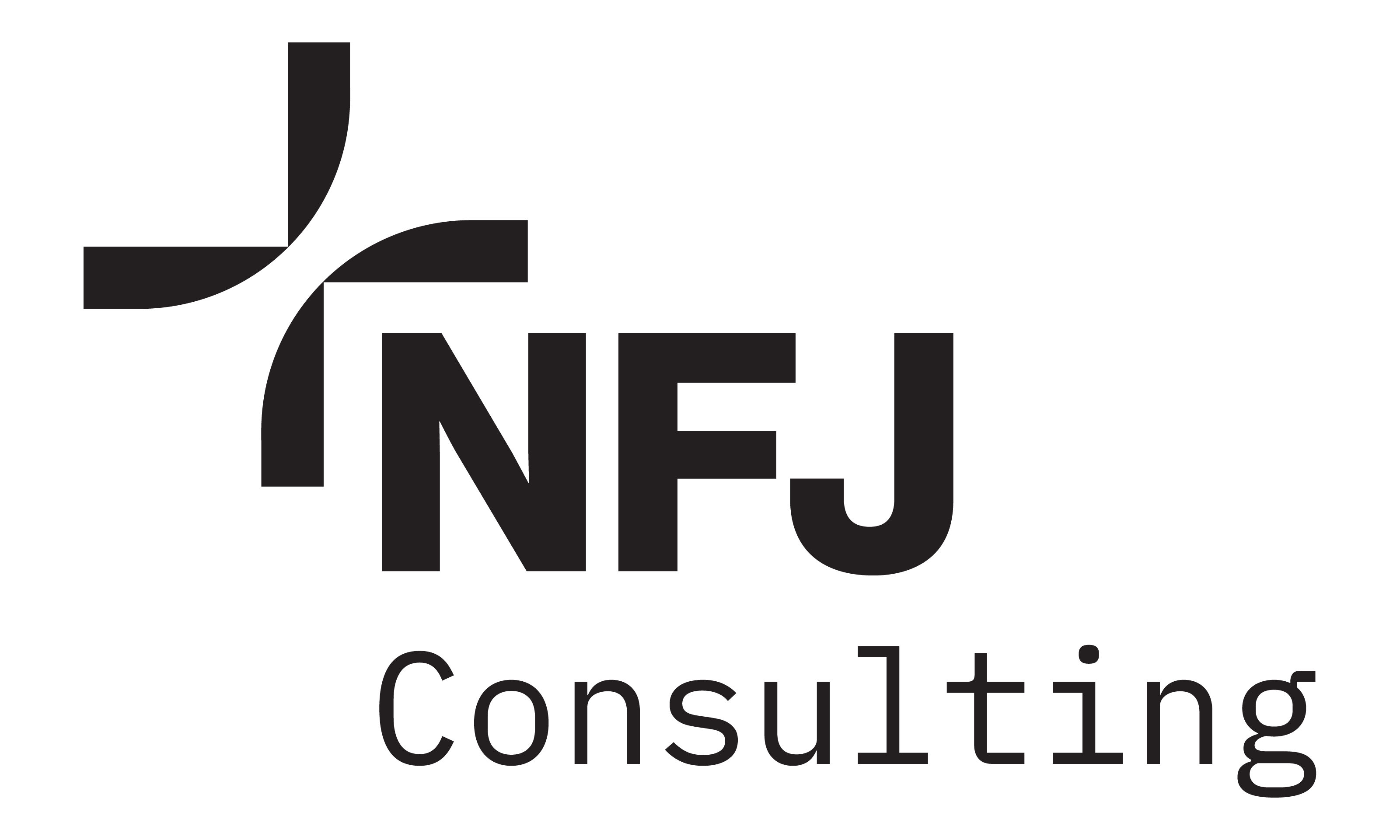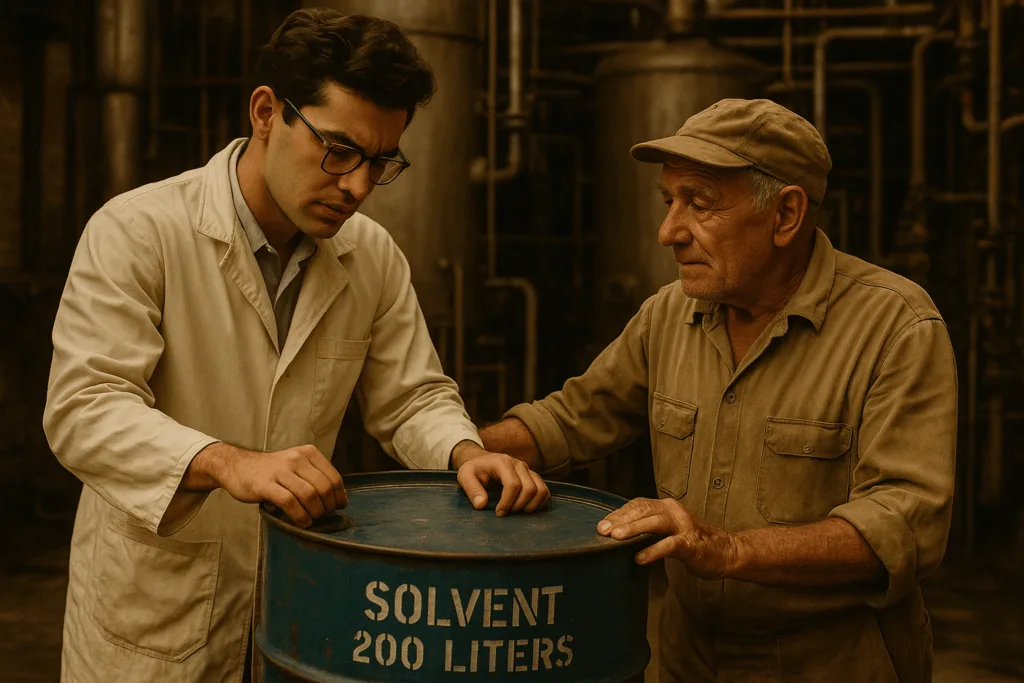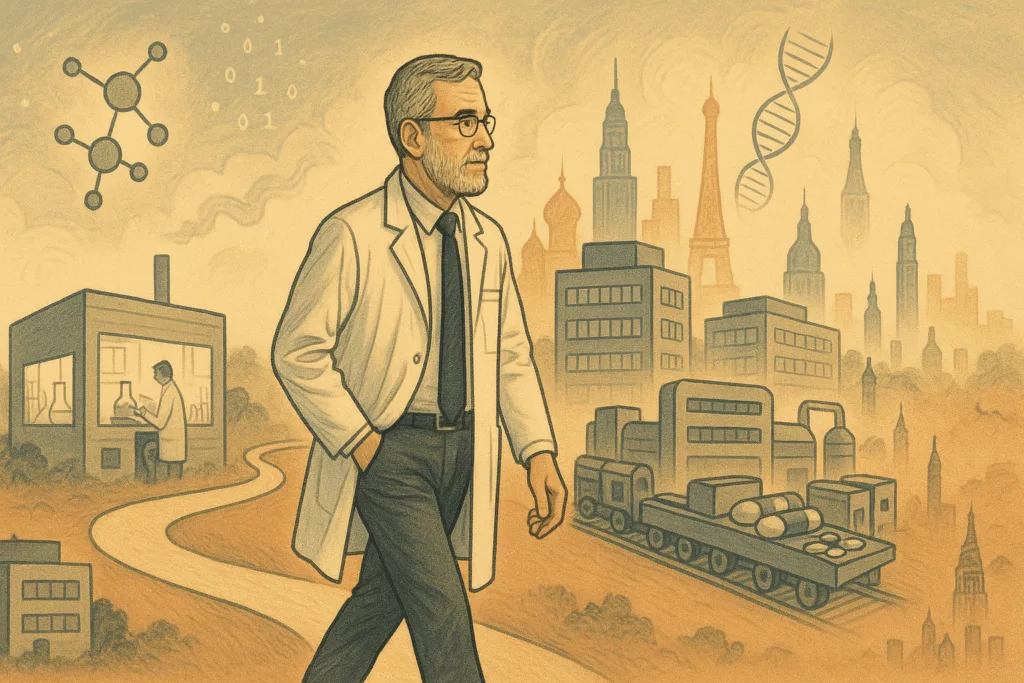Putting an End to Medication Shortages: an Exploration
Drug shortages are occurring all over the world.
In the US, multiple and prolonged shortages of a considerable number of medicines have been felt lately. Here is an article that includes a partial list of the medication categories affected:
It’s nothing new. The matter has preoccupied regulatory authorities for many years. In 2016, the Government Accountability Office (GAO), an investigative and auditing institution of the federal US government, published this report about drug shortages:
A Deepening Crisis
Unfortunately, the more we learn about the shortages, the more we understand the dire consequences for patients and healthcare systems. Despite clear indications of a deepening crisis, there are not many satisfactory explanations for why it exists.
In my opinion, multiple factors account for a worsening situation. My objective here is not to pretend to be exhaustive, but to explore some of the potential causes behind medicine shortages. Most of the problem has to do with the manufacturing technology, especially for medicines that have already been on the market for a very long time and are considered “easy to make” — so-called “commodities.”
The Need to Upgrade Technology
Let’s start with the basic technology used to produce “pills,” also known as “tablets.” It is old! Solid pharmaceutical forms were already known in ancient Egypt. The modern tablet began production in the nineteenth century. Over time, tableting technology has improved, and with some variations, is still being widely used in many pharmaceutical plants across the world.
The problem lies with manufacturing plants that are obsolete. They need to be upgraded to meet state-of-the-art quality and safety requirements. In many cases, the investment needed for upgrades requires a complete plant overhaul, which carries an expensive price tag. Plants with production and quality issues have been the concern of the FDA for a long time.
As an example, in 2022 a manufacturing plant in Illinois was closed. This is only one of a list with many cases already published in both consumer and pharmaceutical media.
Manufacturing Mainstay Medicines
My intention is to open a debate aimed at proposing solutions. One solution is to accelerate the implementation of new technologies to produce medicines. Newer technologies should not be limited to innovative medicines. Many older medicines are still crucial to modern healthcare systems. They deserve to have their manufacturing reengineered.
Century-old and difficult to maintain and in many cases nonupgradeable technology should be replaced. Cut throat cut competition compounds the issue, leaving too thin a margin for medicines that have been on the market for decades. In many cases, only one manufacturer survives, leaving the supply compromised. Such aging monopolies produce a lack of incentive for investment in outdated pharmaceutical plants, despite the critical nature of the older medicines they manufacture.
Intelligent Regulation
Some may argue that ever-increasing regulatory requirements are to blame. I take the opposite view. Tightening regulatory requirements reflect scientific advances and are designed to protect patients. The solution is not to reduce regulatory requirements but to create incentives to get ahead of this vicious cycle.
Encouraging technological change would create conditions for the implementation of already existing advances in manufacturing. Among other potential solutions, I want to note the advanced concept of continuous pharmaceutical manufacturing. It is a way to manufacture pharmaceuticals from end-to-end in a single, uninterrupted production line.
Continuous Pharmaceutical Manufacturing
This means going from the basic ingredients to the final pill in just one process. This newer methodology would make it easier for faster and more reliable production of medicines. It would also mitigate or hopefully eliminate shortages. Its implementation requires heavy investment in machinery, regulatory changes, training, time-consuming validation, to mention a few hurdles. The solution for this complex equation lies in the creation of motivation that goes beyond dollars.
A critical factor here is finding the right legal and regulatory path to reduce the risk to investors in building new plants. My belief is that a concerted effort should be made to expedite regulatory pathways that will allow for faster and safer manufacture of much needed medicines, increasing the supply to meet demands.
Straightforward In-Depth Answers to Complex Questions
For expert guidance on issues that impact business in the medical, pharmaceutical, and biotech worlds, visit NFJ Consulting at nfjconsultor.com.
Contact us at +1-973-615-2162 (US); +55 1198112 2020 (Brazil). Or contact Nelson de Franco online here.





